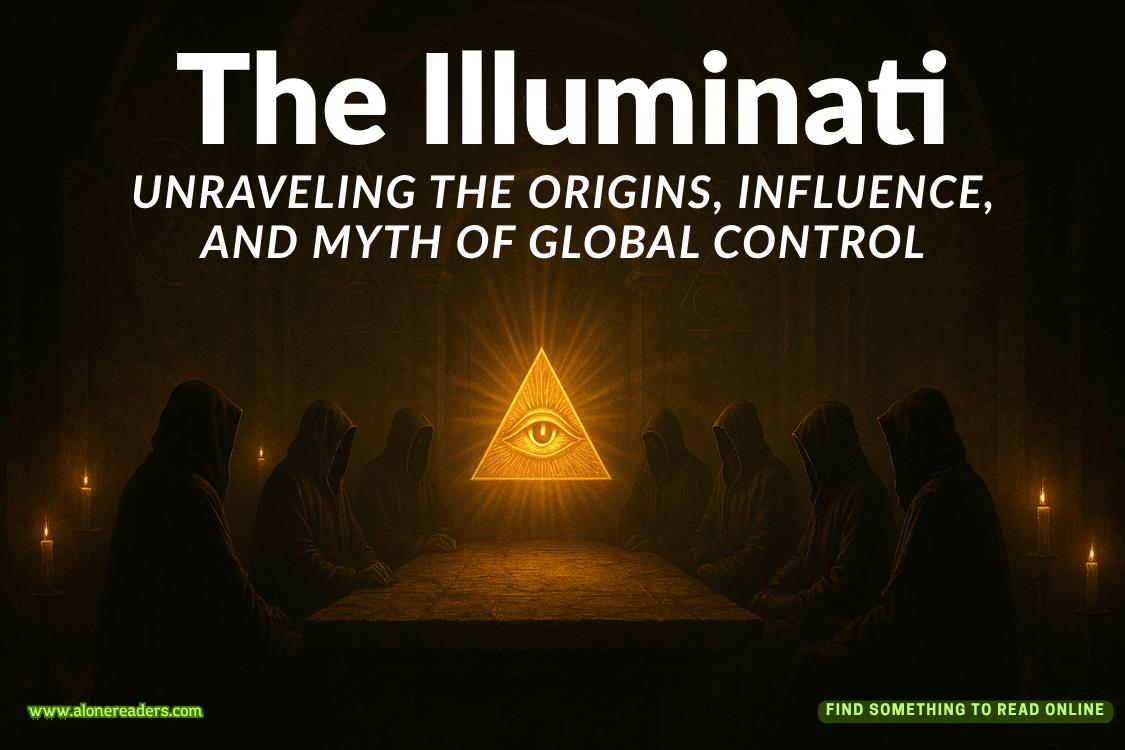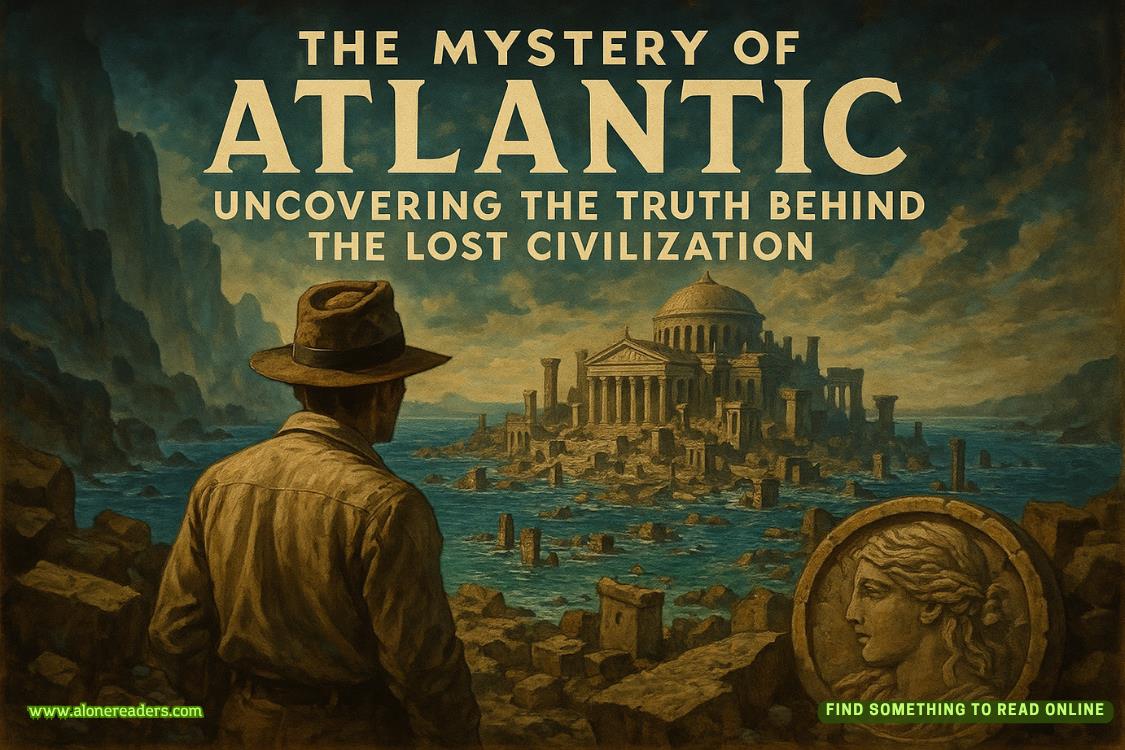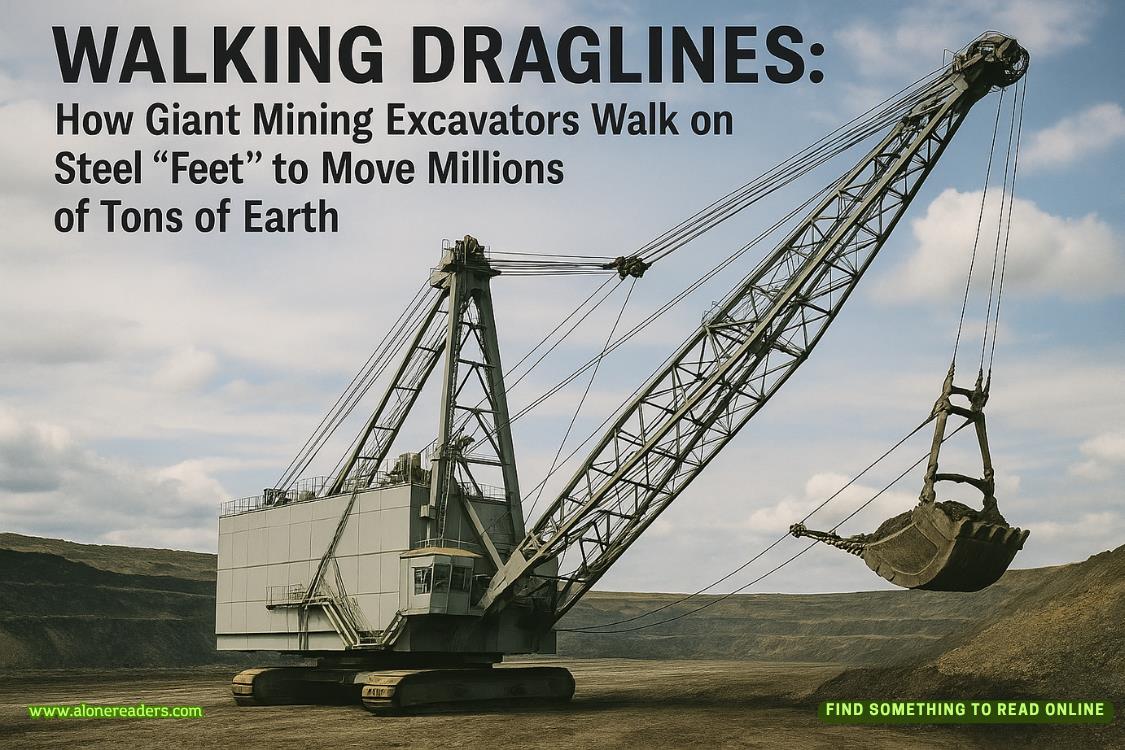Page 73 of Host for the Holidays
“Like you invented French toast?”
“Likeweinvented, Rémy. You’re American too, and youwillacknowledge that if it’s the last thing I do. But to answer your question, yes. I’m absolutely ready for a snack.”
He leads us to Ladurée, a pastry shop straight out of my dreams. The windows are full of Christmas wreaths made of macarons and Christmas trees made of other decadent pastries. The overhang welcoming us inside is minty green and gold, its ornate design promising something impressive inside.
It does not overpromise. Checkered tile floors, elaborate gold and green trim lining every wall and ceiling, and a black display case with gold-leafed carvings.
As we wait in line, my eyes scan the rows of pastries. All I can think is what time they open and close and whether I can afford to eat here for every meal of every day until I leave.
When it’s our turn to order, I’m relieved to discover that Rémy is taking charge, because I wouldn’t have the first idea how to choose amongst all of this. Based on what the lady starts gathering up, he’s ordered a variety of macarons. As I watch the woman carefully take one out with white and red swirls and a chocolatey (I hope) center, I’m salivating like I didn’t eat a supersized breakfast of French toast just a couple of hours ago.
The box holding the macarons is so pretty it feels like a crime to open it. But given that I know what’s inside, I embrace a life of crime.
Rémy and I sit down on a bench outside, and he opens the box, pointing to each macaron one by one. “Peppermint chocolate, raspberry ginger, pistachio, blackcurrant violet, orange blossom, and caramel.”
I take a bite of the orange blossom macaron, then offer Rémy the rest, and we continue that routine. The whole situation is a pretty great approximation of heaven—soft, chewy macaron in my mouth, an (attractive) friend at my side, the nip of Christmas air counteracted by the mild warmth of the sun on my face, and the prettiest city in the world in every direction.
I look at the sign in one of the windows of Ladurée and read it aloud in halting French. “Les meilleurs macarons de Paris.”
Rémy looks over at me. “You have a good accent.”
“And you’re a terrible liar,” I quip. “Is that true, though? Best macarons in Paris?”
“The gospel truth,” Rémy says. “According to Ladurée, at least. Pierre Hermé is another place that makes the same claim.”
“Hmm,” I say as he closes the empty box. “Sounds like we better verify for ourselves.”
“I agree.” The way he smiles at me makes me feel very unbreezy. In fact, I might be having a hot flash.
The next stop is the Arc de Triomphe, where Rémy insists we go to the top. I’m such a certified Parisian elevator pro now and my quads are burning so badly that I’m almost wishing there was one here, no matter how old and rickety. But the views from the top make me forget the panting, the dizziness from the spiral staircase, and the pain in my legs.
Watching the crazy traffic surrounding the arch, seeing the streets fan out in every possible direction, admiring the view down the Champs Elysées and the one of the Eiffel Tower—I will never forget it. Partially because I have my camera.
After spiraling back down the stairs, we head on foot for the opulent opera house and more macarons from Pierre Hermé. Those macarons are a completely different experience—creative flavor combinations I never would have thought to pair, like milk chocolate passion fruit—and Rémy and I agree that both stores deserve to tout themselves as having the best macarons in Paris.
After that, we’re off to Galeries Lafayette, a shopping center where I stand with my jaw gaping open and my head tilted back for a full hundred and seventeen seconds. Rémy timed it. And filmed some of it.
The Christmas tree in the middle of the shopping center stands almost seventy feet high and is covered from top to bottom in lights and glittering ornaments bigger than my head. Even without the tree, though, the shopping center is a feast for the eyes. With it, I’m speechless.
So I pull out my camera. Because, when words don’t suffice, I just have to hope that maybe my camera can capture some of it.
I take a couple shots and fiddle with the dials, trying to decide what will work best for the ambient lighting.
“What are you doing?” Rémy asks, watching my hands with curiosity.
“Adjusting my settings.”
“What does that one do?” He points to the dial I just tweaked.
“It’s called aperture. It changes how much light I let into the camera and how large the focus plane is.”
His brow furrows. For once, it’s me speaking another language.
Rémy loves foreign languages, though, and for the next ten minutes, he asks me question after question about how my camera works. As I explain, I stop and look at him now and again because there’s no way I’m not boring him or talking over his head. Josh never really cared to learn the mechanics involved in my job.
But Rémy’s genuinely interested—not just to know how it works but to actually try it himself. And that fills me up in a completely new way.
THIRTY-ONE















